
High-Performance Gear Systems | Custom Solutions for Heavy-Duty Applications
Browse our precision-engineered gearboxes, hydraulic spindles, and cast housings – designed for extreme durability, 30% longer lifespan, and seamless OEM integration.When it comes to engine performance, the timing belt is a critical component that ensures your vehicle runs smoothly and efficiently. At our company, we pride ourselves on manufacturing high-quality timing belts designed to meet and exceed industry standards. Our products are crafted with precision engineering, using advanced materials to provide durability, reliability, and optimal performance for a wide range of automotive applications. Whether you're a professional mechanic or a car enthusiast, understanding the specifications and benefits of our timing belts can help you make an informed decision for your vehicle's maintenance needs.
Our timing belts are engineered to withstand high temperatures, resist wear and tear, and maintain precise synchronization between the crankshaft and camshaft. This ensures that your engine operates at peak efficiency, reducing the risk of costly repairs and improving fuel economy. Below, we provide a detailed overview of our product parameters, presented in lists and tables for clarity and professionalism. Additionally, we've included a comprehensive FAQ section to address common questions and concerns.
| Parameter | Specification | Benefits |
|---|---|---|
| Material Composition | Neoprene or HNBR with fiberglass cords | Offers superior resistance to heat, oil, and abrasion, extending belt life. |
| Tooth Profile | Trapezoidal or curvilinear (HTD) design | Ensures precise engagement with pulleys, reducing noise and wear. |
| Width Range | 15mm to 25mm | Accommodates different engine sizes and power requirements. |
| Length Options | 800mm to 1200mm | Customizable for various vehicle models and installation needs. |
| Tensile Strength | Minimum 2000 N/mm² | Provides high durability under stress and prevents breakage. |
| Operating Temperature Range | -40°C to 120°C | Performs reliably in extreme weather conditions. |
| Compatibility | ISO and SAE standards compliant | Ensures fit and function for global automotive applications. |
| Test Type | Result | Industry Standard |
|---|---|---|
| Fatigue Life | Over 100,000 cycles | Exceeds ISO 9010 requirements |
| Oil Resistance | Less than 10% swelling after 70 hours immersion | Meets ASTM D471 standards |
| Heat Aging | No significant degradation after 100 hours at 100°C | Complies with SAE J2362 |
| Noise Level | Below 70 dB during operation | Within OEM specifications |
What is a timing belt and what does it do?
A timing belt is a crucial part of an internal combustion engine that synchronizes the rotation of the crankshaft and camshaft. This synchronization ensures that the engine's valves open and close at the correct times during the intake and exhaust strokes, which is essential for optimal engine performance, fuel efficiency, and preventing damage such as piston-to-valve interference.
How often should I replace my timing belt?
It is generally recommended to replace the timing belt every 60,000 to 100,000 miles, or every 5 to 7 years, whichever comes first. However, this can vary based on the vehicle manufacturer's guidelines, driving conditions, and the belt's material. Consult your owner's manual or a professional mechanic for specific recommendations, as failure to replace it timely can lead to engine failure.
What are the signs of a failing timing belt?
Common indicators include engine misfires, difficulty starting the car, unusual noises like ticking or squealing from the engine area, visible cracks or wear on the belt, and oil leakage onto the belt. If you notice any of these symptoms, it's important to inspect the timing belt immediately to avoid potential engine damage.
Can I install a timing belt myself, or should I seek professional help?
While it is possible for experienced DIY enthusiasts to install a timing belt, it is a complex task that requires precise alignment and specialized tools. Incorrect installation can cause severe engine damage. We recommend having a certified mechanic perform the replacement to ensure it is done correctly and safely, following the vehicle's service manual.
What materials are used in your timing belts, and why are they important?
Our timing belts are made from high-quality materials such as neoprene or HN rubber compounds reinforced with fiberglass cords. These materials provide excellent resistance to heat, oil, and abrasion, which are critical for maintaining belt integrity under the harsh conditions inside an engine. This enhances durability and reliability, reducing the frequency of replacements.
Are your timing belts compatible with all vehicle types?
Our timing belts are designed to meet ISO and SAE standards, making them compatible with a wide range of vehicles, including cars, trucks, and motorcycles from various manufacturers. We offer multiple sizes and profiles to ensure a proper fit. Always check the product specifications or consult with our support team to confirm compatibility for your specific make and model.
How do I choose the right timing belt for my vehicle?
To select the correct timing belt, refer to your vehicle's owner manual for the manufacturer's part number or specifications, such as tooth count, width, and length. You can also use our online compatibility tool or contact our customer service for assistance. Providing details like the vehicle year, make, model, and engine size will help ensure you get the right product.
What is the difference between a timing belt and a timing chain?
A timing belt is made of rubber with reinforced fibers and requires periodic replacement, while a timing chain is typically made of metal and is designed to last the lifetime of the engine in many cases. Belts are quieter and lighter but can wear out faster, whereas chains are more durable but may produce more noise and require lubrication. The choice depends on the engine design and manufacturer preferences.
Do you offer warranties on your timing belts?
Yes, we provide a standard warranty on our timing belts, covering defects in materials and workmanship for a specified period, usually 1 to 2 years from the date of purchase. The warranty terms may vary, so please review the documentation included with your product or visit our website for detailed information. Note that improper installation or misuse may void the warranty.
How can I extend the life of my timing belt?
To maximize the lifespan of your timing belt, follow the manufacturer's replacement intervals, avoid exposure to oil or chemicals that can degrade the rubber, ensure proper tension during installation, and address any engine issues promptly, such as leaks or misalignment. Regular inspections by a professional can also help identify early signs of wear.
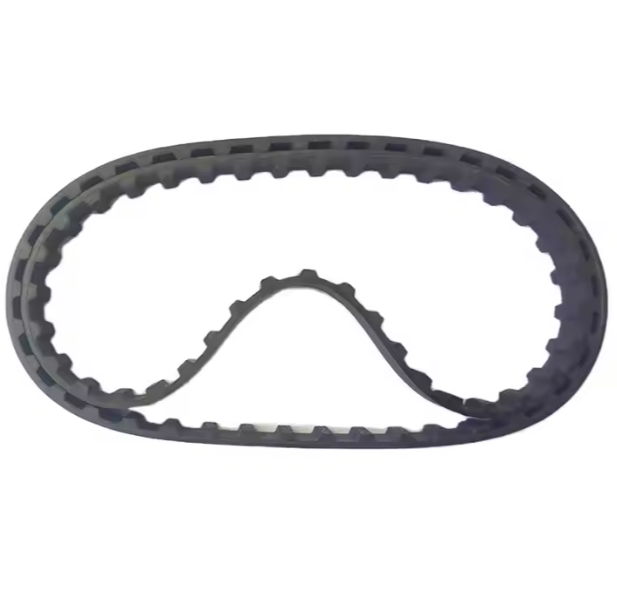
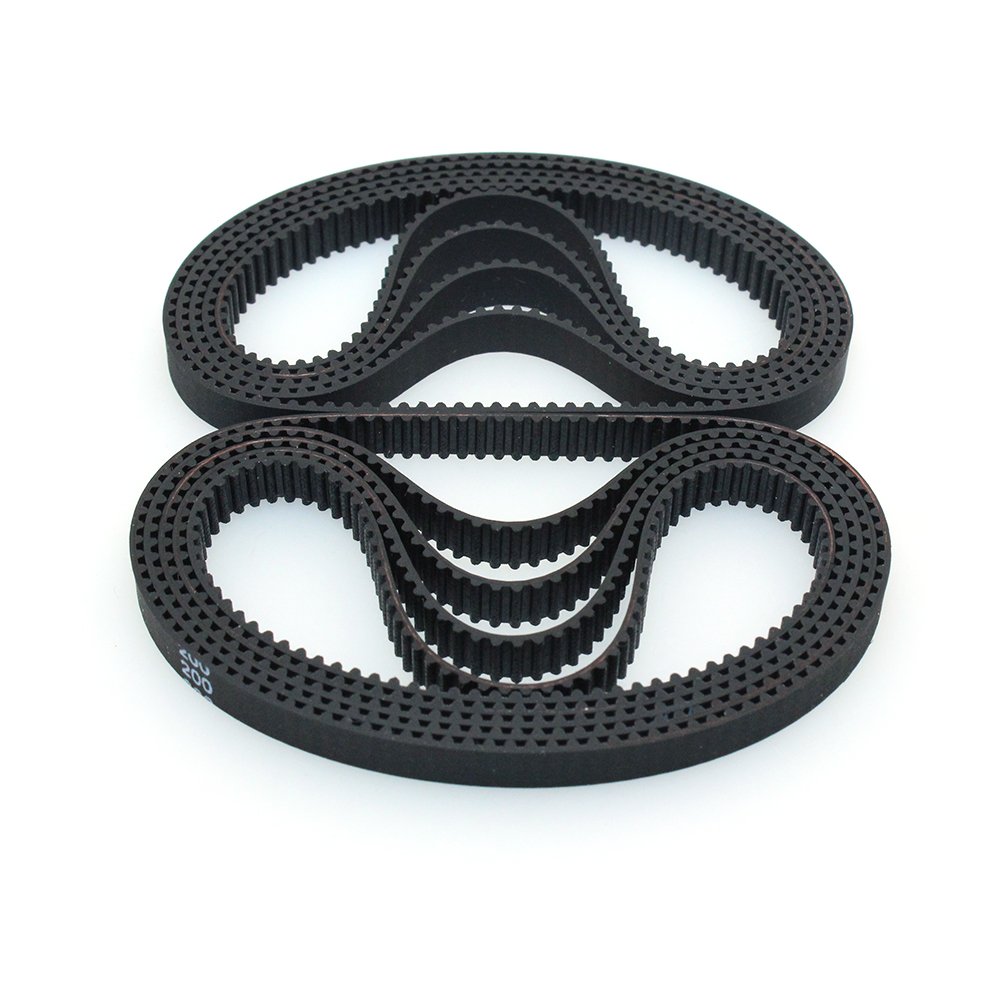
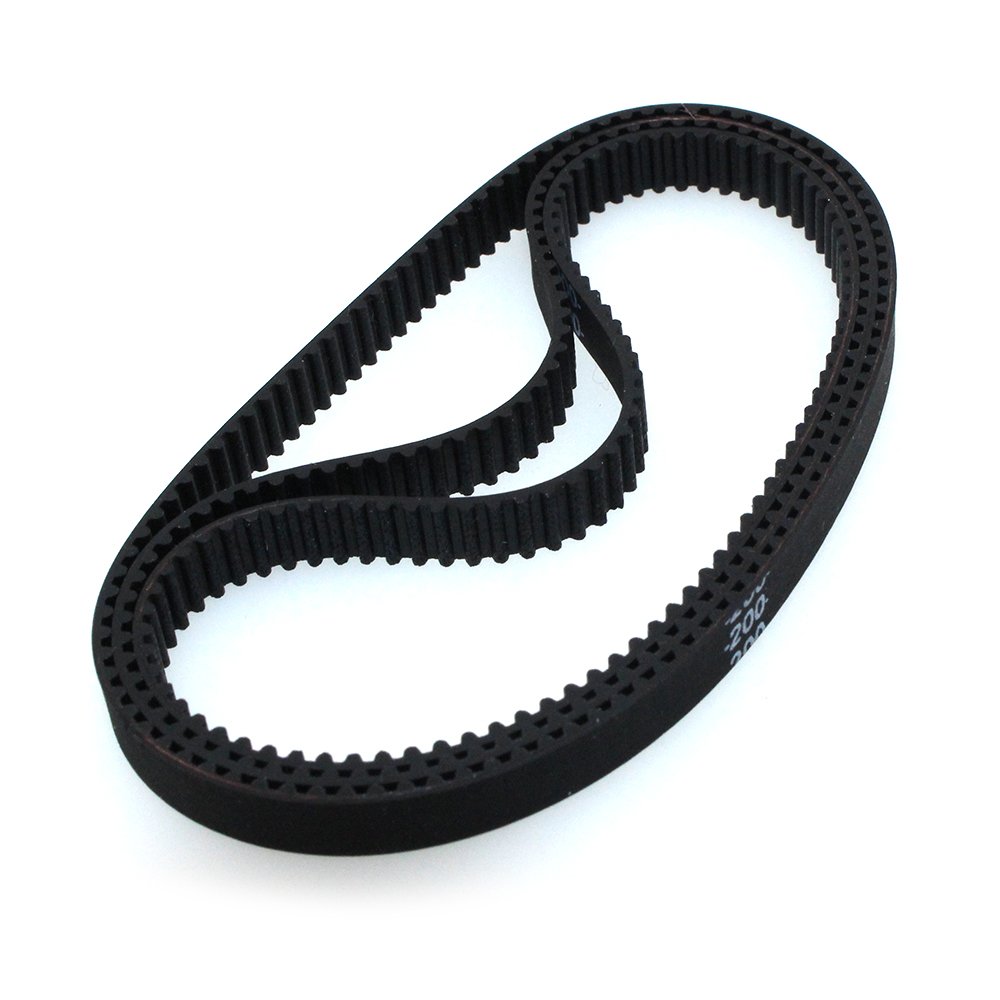
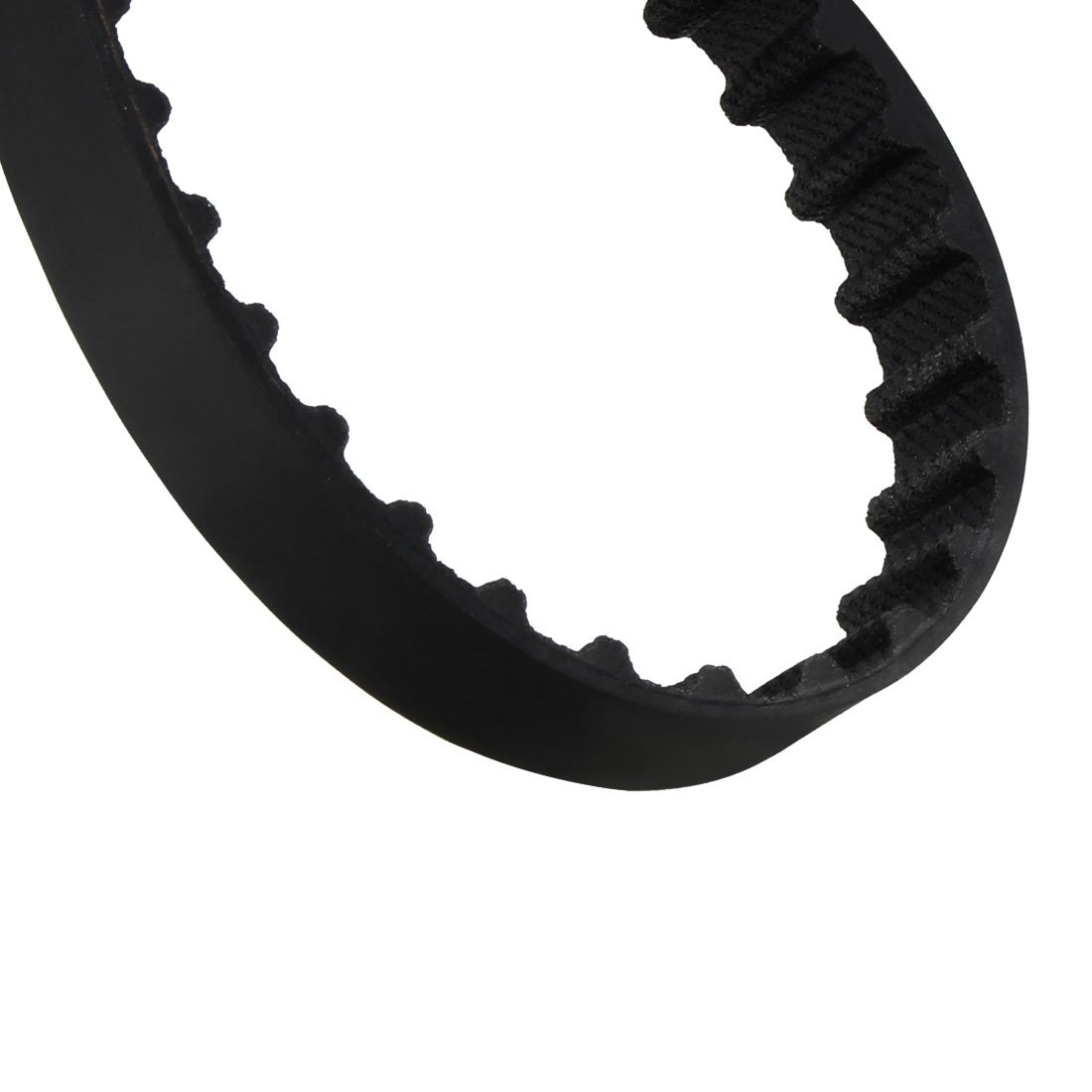
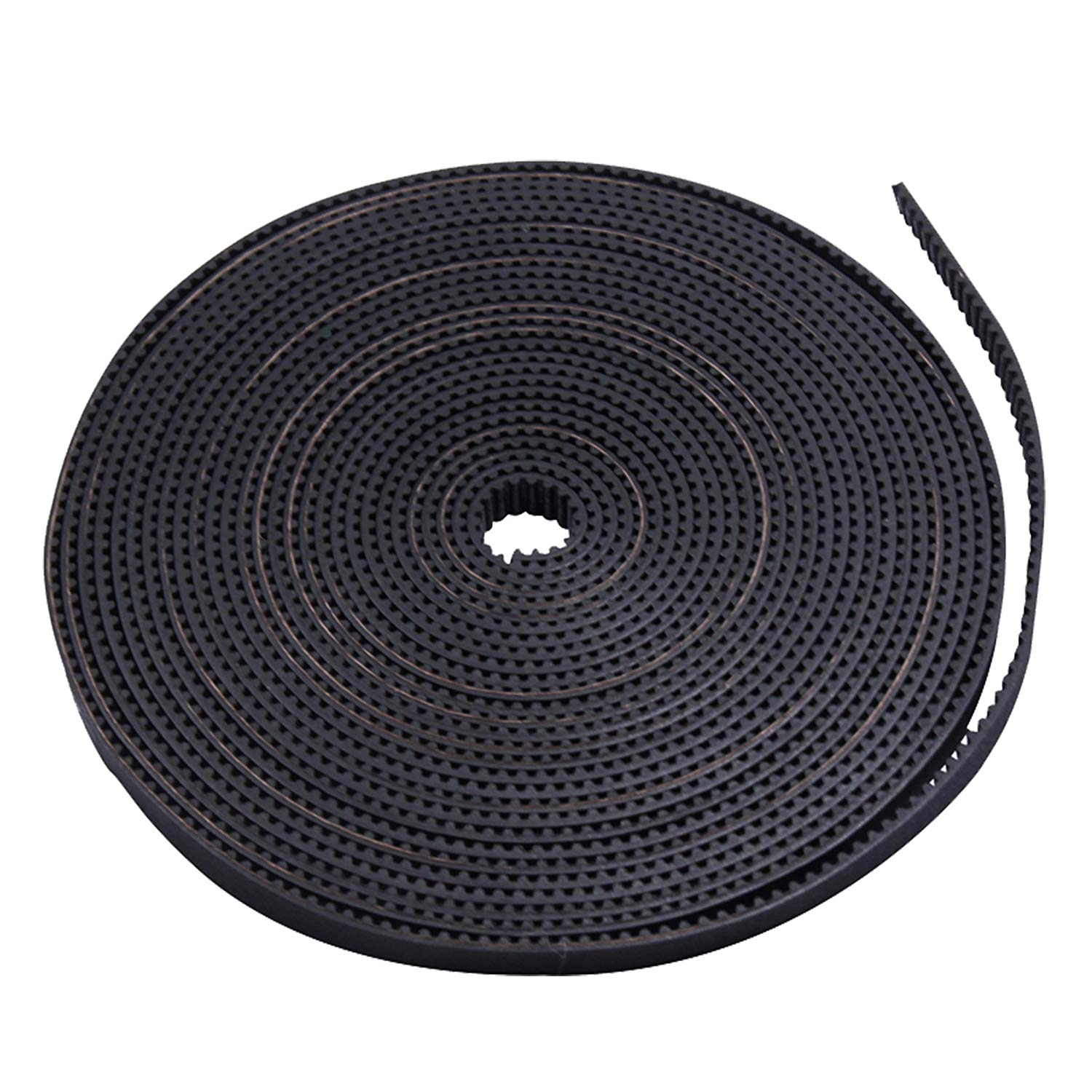
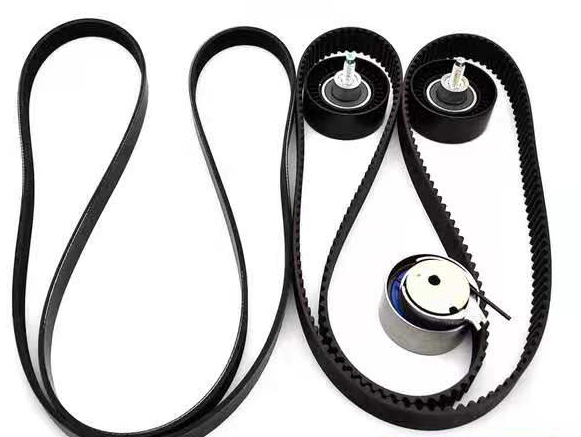
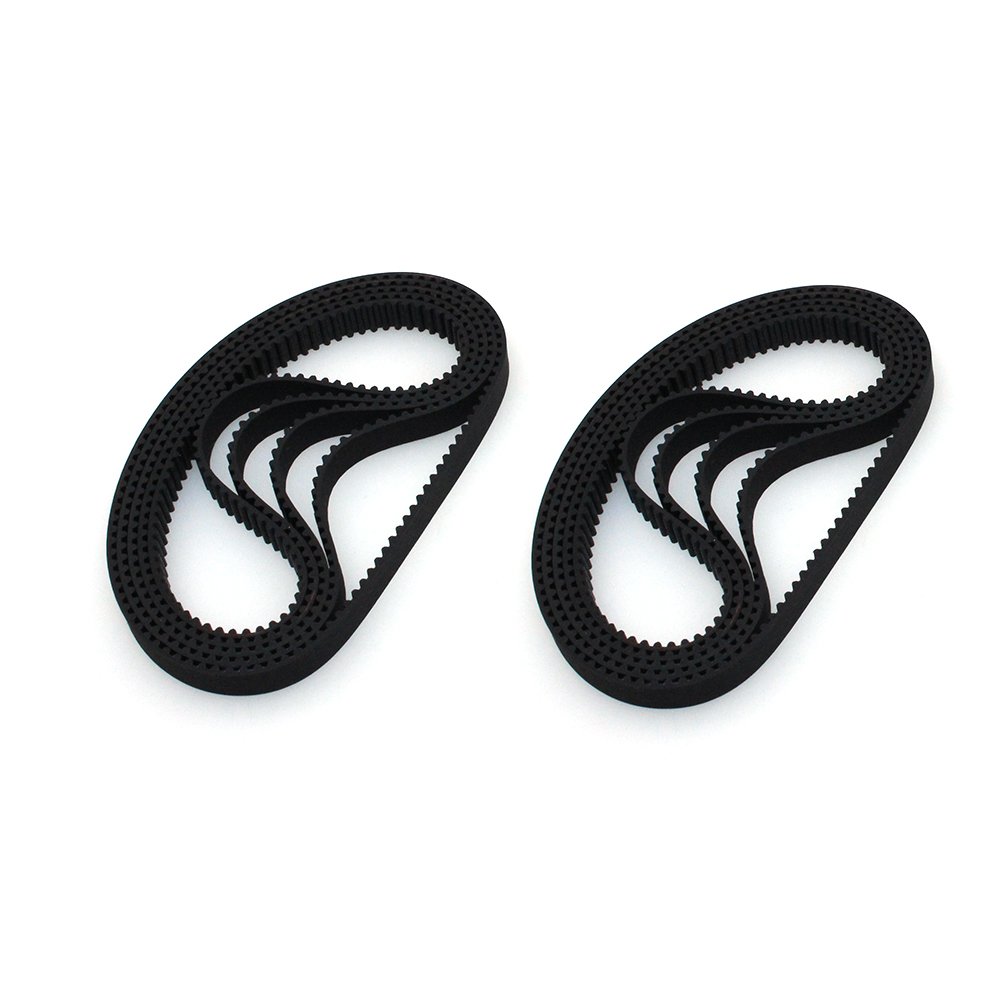
Copyright © Raydafon Technology Group Co.,Limited All Rights Reserved.